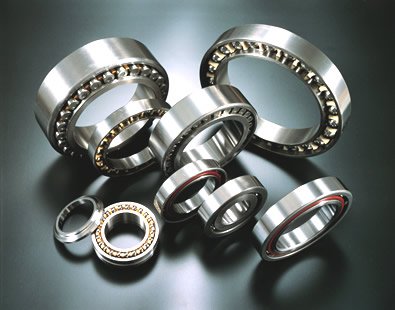The Difference Between High Manganese Steel and Stainless Steel
The difference between high manganese steel and stainless steel
Compared with 304 stainless steel, high manganese steel increases the manganese content and reduces nickel, and with weaker corrosion resistance. Meanwhile, the appearance glossiness of high manganese steel is not as bright as 304 stainless steel. However, high manganese steel is still widely used in many fields because of its advantages of low cost.
High manganese steel is not suitable for use in chemical environments such as acids and alkalis. Nevertheless, It is ideal for the manufacture of tableware, indoor water storage equipment, and engineering non-critical structural parts. 304 stainless steel is of course better in many aspects. But high manganese steel still has advantages, as long as it is produced by a regular manufacturer.

At present, the national standards do not clearly define the grade of stainless steel materials for containers or tools for food. This means that electric kettles made of non-304 stainless steel are not substandard products.
Food-grade stainless steel refers to the stainless steel material that complies with the “National Standard of the People’s Republic of China/Sanitary Standard for Stainless Steel Tableware Containers” GB 9684-88, and its lead and chromium content is much lower than that of ordinary stainless steel.

All kinds of food storage containers and food processing machinery should use austenitic stainless steel (1Cr18Ni9Ti, 0Cr19Ni9, 1Cr18Ni9). And all kinds of tableware should use martensitic stainless steel (0Cr13, 1Cr13, 2Cr13, 3Cr13) should be selected.




Leave a Reply
Want to join the discussion?Feel free to contribute!